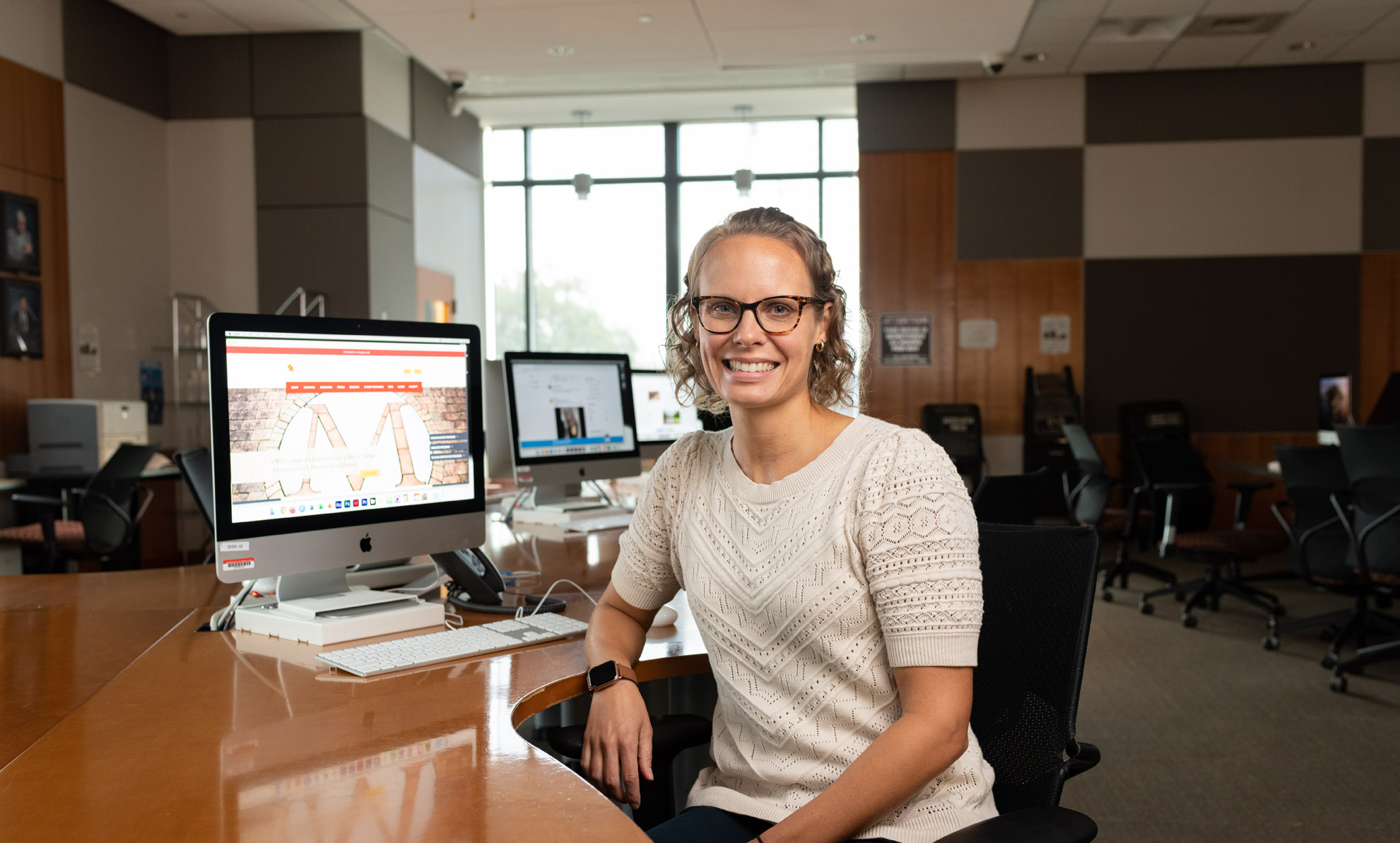
Are you teaching the most effective strategies to assess the credibility of digital content? Sarah McGrew, a leading expert in civics and digital literacy at the University of Maryland College of Education, hopes that many educators are answering 'yes' to this question.
In a digital landscape that is vastly more complex and all-consuming than the one many of today’s educators grew up in, digital media literacy – the ability to assess the credibility of information online – is a critically important strategy for both students and educators (McGrew, 2020). Recent studies show that students across all ages, from middle school to college, struggle to evaluate the credibility of online information (McGrew et al., 2018; Breakstone et al., 2021). In fact, as many as 55% of children under the age of 14 stated that they do not feel comfortable in their ability to recognize false information online.
We sat down with McGrew, who shared one essential strategy that educators should have in their digital literacy toolbox: lateral reading. This involves assessing the credibility of information by leaving the original source to seek outside perspectives about the author of the original source. At a time when concerns about the proliferation of misinformation are top-of-mind for educators nationwide, McGrew shares four steps for practicing lateral reading. One of the best ways to teach lateral reading is to model it, and these steps can be taken by both teachers and students.
Step 1: Notice your emotional response to information.
McGrew explains that the first step to lateral reading is recognizing when it’s necessary. When you encounter an unfamiliar source or see a claim that evokes an emotional response, McGrew says to take note of this reaction. For example, reading a post on X or Meta that claims “non-citizens are voting in the election” may evoke feelings of anger or anxiousness. When teachers notice emotions such as these in themselves or in their students, it can be tempting to react quickly. Instead, McGrew says this is an indication that they should take time to investigate the credibility of the source. Questions such as, “How did that make you feel?” or “What did that make you think?” create space for students and teachers to acknowledge their emotional response and to take time to assess the information before accepting it as fact.
Step 2: Leave the original source.
McGrew cautions against spending too much time on the original source to determine its credibility. It can be tempting to carefully read and inspect the argument and evidence an article or post provides (vertical reading), but this can be challenging, time-consuming and error-prone. Instead, leave the source and move laterally in your web browser to a new tab. In a new tab, search for the author or source of the original information. Simply entering the name of the author or source and the word “credibility” as the search terms will likely yield useful results. Assessing the credibility of the author or source of the information through lateral reading is faster and easier for students and teachers to apply in their everyday lives.
Step 3: Practice click restraint.
Once your search results appear, the next step is to practice click restraint– pausing before clicking on any search results. Click restraint involves resisting the urge to click on the first or second search result, opting instead to review the search results for a known and trusted source. While scanning the titles and URLs of the search results, McGrew suggests looking for major, recognizable organizations. Finding sources from varying political perspectives will also help validate the source. McGrew explains, “If Fox and MSNBC are reporting the same thing, students can probably feel better about it.”
Step 4: Assess credibility.
The final step is to assess the credibility of the original source and apply that assessment to interpret the original information. “In order to evaluate information, we need to understand the source’s motivations, experience [and] preparation,” says McGrew. At this stage, readers should ask: “Is this source in a position to know the information?” “Can I trust them to tell me the truth?” and “Do they have any motivation, potentially, to mislead?” For teachers, McGrew suggests asking students “What did you learn about this source?”, “How much do we trust this source in this case?”, or “Did we learn anything about this source that makes us reluctant to use it?”
One major misconception that students may have is the belief that a source is either completely credible or not, when in reality, credibility is multi-faceted and contextual. McGrew emphasizes that teachers should expect students to have different responses to questions about credibility: “Students within a class might come to different conclusions, depending on their own perspectives and how they weigh different credibility factors.” Lateral reading gives students the opportunity to make their own assessments, while recognizing that others may disagree.
The benefits of engaging lateral reading in the classroom with students extend beyond digital literacy. Students learn to have constructive conversations. These conversations are good for students, the classroom and our nation: “We live in a democracy [and] we have to learn to make arguments using evidence from credible sources and live alongside people who we disagree with,” says McGrew.
If you are interested in teaching your students lateral reading download this learning aid.